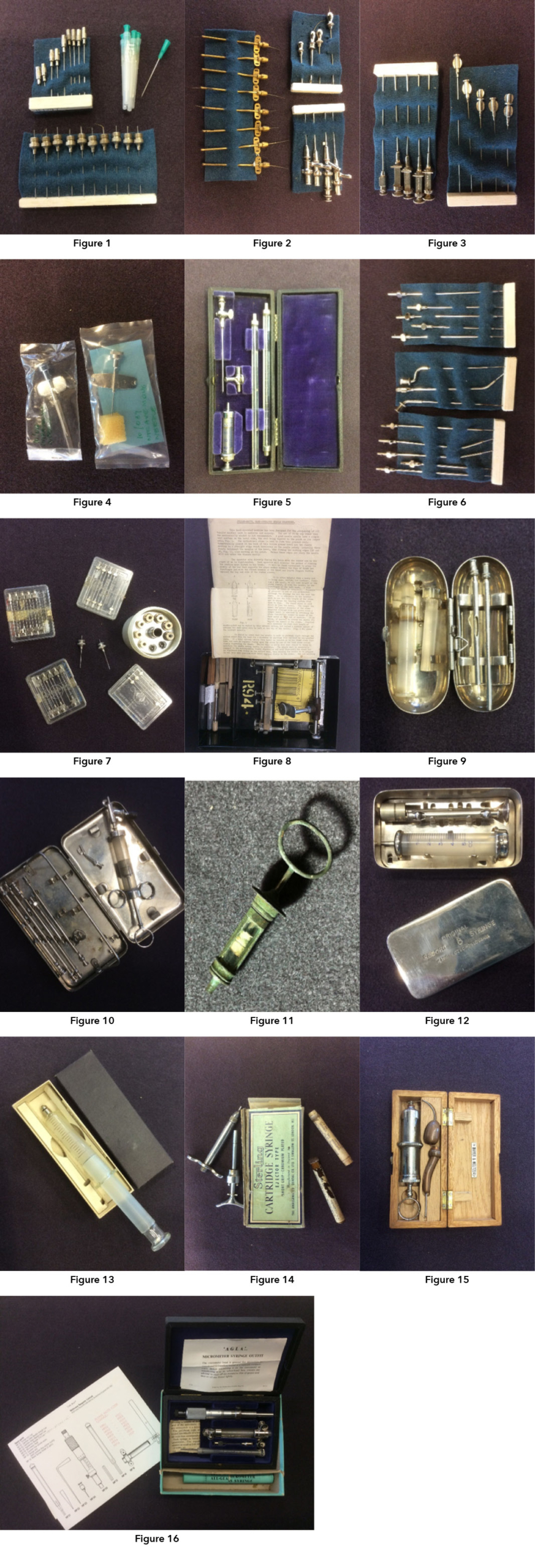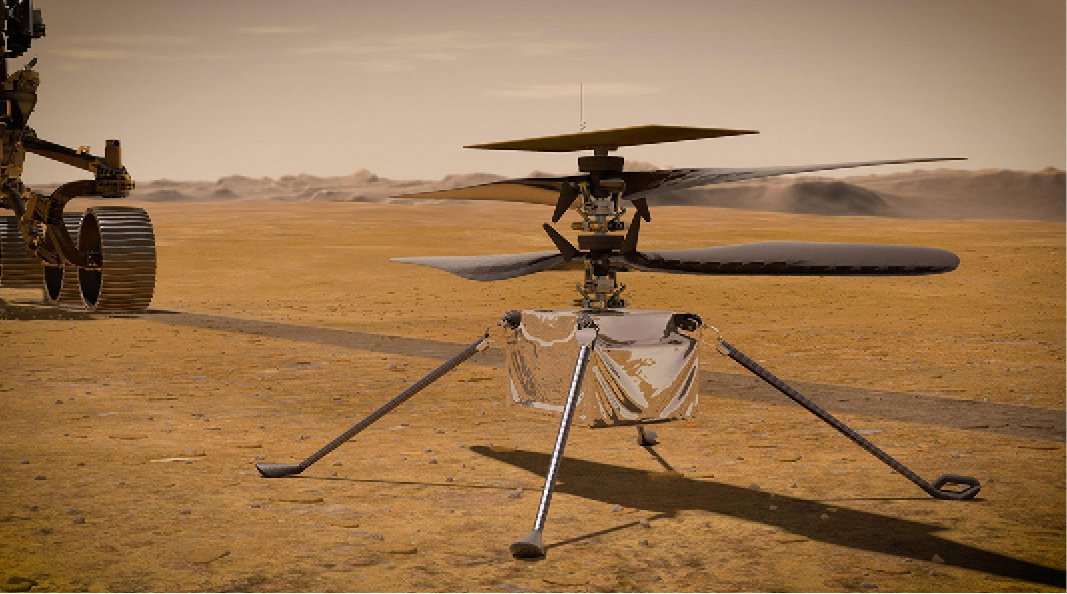“All Can Make Cones”

I don’t suppose all those small humans pictured above really care how the ice cream cone is made—but I do. :))))) Read on my friends!!!
Ice cream. It’s awesome – in bowls is good with syrup and peanuts and dash of whipped cream. But I think the most fun is in a cone. No matter your age, there’s just nothing like shaping, licking and spinning a cone, catching the drips and savoring the deliciousness. As a “foodie”, I have pretty much tried every flavor out there – maple walnut (not a favorite), superman, cherry chocolate chip, moose tracks and of course good old vanilla. Ben & Jerry have had fun with names and mixtures, but I think my favorite is vanilla, because it goes with everything! Stopping in the supermarket aisle, I’m amazed at the variety in container size and different taste choices. And then there’s the cones – for me it’s a toss-up – traditional or waffle. I saw online that today marks a great day in history linked to the 1904 World’s Fair in St. Louis. Officially named the Louisiana Purchase Exposition, it has become a uniquely powerful magnet for food origin stories, including the hamburger, the hot dog, peanut butter, iced tea, the club sandwich and cotton candy. All have been alleged to have been invented on the fairgrounds in St. Louis in 1904, or at least popularized there. But none of them actually were. There is one classic American food item, however, whose origins truly are linked to the 1904 Fair: the ice cream cone. Despite dramatic tales of quick-witted ice cream vendors running out of cups and rolling waffles into improvised cones, this is a story about good old-fashioned hustle, the ambition of newly arrived immigrants seeking their fortunes…and, of course, plenty of lawyers. How much more all-American could a food story be? Here’s a detailed video and detailed history. Enjoy the read, and thanks to YouTube and seriouseats.com for the info.
How to Make Ice Cream Cone Inside the Factory
And Check This Out!
- Antecedents to the ice cream cone certainly existed long before 1904. People had been eating ice cream from various cone-like containers for decades; they just didn’t eat the containers themselves.
- Way back in 1807, Philibert-Louis Debucourt created an etching called The Interior of the Café Frascati, which shows, alongside elegant Parisians enjoying lemonade and punch, a woman lifting to her mouth an oddly spiral-shaped utensil, containing what might very well be ice cream. Culinary historian Robin Weir claims that this is the first pictorial evidence of an ice cream cone, and he might be right. (it could also be a really ugly spoon or the world’s first corn dog).
- As ice cream grew in popularity in the 19th century, roving vendors began selling it on city streets in a variety of cups and containers, including cone-shaped glass utensils and the notoriously unsanitary “penny licks” —tiny stemmed glasses in which ices were sold at the British seashore and on London streets.
- One of the earliest alternatives to the penny lick was “hokey-pokey,” devised by immigrant street vendors in London in the 1870s. A British journal described hokey-pokey as “a coarse kind of Neapolitan ice” made with a blend of one part water to two parts milk, sweetened and thickened with sugar and cornstarch. The mixture was frozen, pressed into rectangular molds, then cut into slices and wrapped in white paper, to be sold from vendors’ carts.
- In both England and the US, Italian immigrants dominated the urban ice cream trade, and innovations within it. In 1901, Antonio Valvona, an Italian citizen living in Manchester, England, filed a patent for an “Apparatus for Baking Biscuit Cups for Ice Cream.” The device was designed for baking “dough or paste…composed of the same materials as are employed in the manufacture of biscuits [that is, cookies], and when baked the said cups or dishes may be filled with ice-cream, which can then be sold by the venders of ice-cream in public thoroughfares or other places.”
- The following year, Valvona teamed up with Frank Marchiony, an Italian immigrant in New York, to form the Valvona-Marchiony Company, which produced the patented cups and the ice cream sold in them. Valvona operated the firm’s factory in the UK, while Marchiony ran the American operations, first on the Lower East Side of Manhattan and then in Brooklyn as trade grew.
- By 1904, Marchiony had advanced from pushing a solo street cart to operating “two big wafer and ice cream factories” and a fleet of 200 carts, according to a newspaper profile at the time. But Marchiony’s carts had plenty of competition on the streets of Manhattan, including from those of his cousin, Italo Marchiony, who had worked for the Valvona-Marchiony Company briefly, but by 1903 had established a rival ice cream firm. In September of that year, Italo Marchiony filed a patent for his own “molding apparatus used in the manufacture of ice cream cups and the like.”
- Italo’s innovation, he claimed, was that his design made it possible to mold biscuit paste “in particular and unusual shapes” that were not possible before due to “the delicacy of the substance molded and the difficulty of forming and extracting the same from the molds.” Unlike Valvona’s two-part mold, which had a hinged top and bottom that closed like a clamshell.
- And that’s where things stood on the eve of the St. Louis World’s Fair. People were eating ice cream from edible containers, but nothing that anyone today would consider an ice cream cone.
- One thing we know for sure: Visitors at the World’s Fair ate plenty of ice cream in cones—or cornucopias, as they were called at the time. Mrs. F. M. Hicklin wrote home to her family in South Carolina that the “waffle cornucopia filled with ice cream” was a treat widely enjoyed on “the Pike”—the Exposition’s version of a midway, a mile-long strip lined with cafes, amusements, and food concessions.
- The long cones have waffled sides and pointed bottoms, and they appear to resemble the molded type of waffle cone familiar to us today instead of just a rolled-up waffle. This suggests that the confection was neither an improvised creation from a waffle stand nor a product of Valvona’s or Italo Marchiony’s biscuit-cup mold.
- Some suspect that it wasn’t the work of last-minute desperation, but rather a dodge to get around restrictive concessionaire licensing. To sell any sort of item—from jewelry and souvenirs to food and beverages—vendors had to apply to and be accepted by the Exposition’s Division of Concessions and Amusements. The competition was stiff, for there was a fortune to be made from selling snacks and drinks to daily crowds of 35,000 or more captive customers.
- All we know for sure is that the ice cream cornucopia had been introduced to America, and it was about to become an even bigger hit than it had been at the Exposition.
- By May 1904, newspapers from Florida to North Dakota were running ads and articles that referenced “Cornucopia Ice Cream Sandwiches.” Many noted that the trendy new product had originated on the Pike in St. Louis.
- In August, the Macon Telegraph profiled the Cornucopia Waffle Oven Company of St. Louis, which had just been awarded the cone concession for the Tri-State Fair in Georgia. “This company is introducing a new novelty for serving ice cream,” the paper reported. “They were first introduced at the great world’s fair at St. Louis and immediately, on account of its daintiness and neatness, became the most popular confection and have proven equally so in the East, and especially at the parks at Coney Island, Atlantic City, Chicago and various other famous resorts.” The ice cream cone had arrived.
- Back in Brooklyn, Frank Marchiony’s business at the Valvona-Marchiony Company was thriving. A profile that year in the Brooklyn Eagle reported that Marchiony was “constantly adding to the plant” and that Valvona-Marchiony had become “the largest manufacturer of the kind in the United States.”
- In the now-booming ice cream cone market, the Valvona-Marchiony Company had a valuable asset: Antonio Valvona’s patent for his “apparatus for baking biscuit cups.” The firm landed a big victory in 1905 when a federal judge sustained the validity of Valvona’s patent and ordered a competitor named D’Adamo to cease using his version of the device, which the judge declared to be “identical with the complainant’s, except in a trifling detail.”
- In 1910, the Valvona-Marchiony Company’s lawyers started going after competitors selling cone-shaped containers, too, slapping patent infringement suits against companies from Missouri to Ohio to Indiana. Marchiony hired private detectives in Pittsburgh to infiltrate the Star Wafer Company’s factory and identify what they claimed were copycat baking molds. On July 10, 1910, Frank Marchiony even filed suit against his own cousin, Italo, who had since moved out to Hoboken, New Jersey, and was operating a large factory with his own patented molds.
- In a surprising twist, the federal court in New Jersey ruled that Italo Marchiony’s patent was invalid and infringed upon his cousin’s firm. “Structurally and functionally the devices are substantially alike,” the judge determined, then added insult to injury by stating that “the defendant [Marchiony] never invented a single detail of the apparatus in question.” Italo was ordered to discontinue production and pay damages, but his lawyers secured a stay as they appealed the decision.
- The Federal Court of Appeals in Philadelphia settled the matter once and for all in 1914, in a case that subsumed the Italo Marchiony appeal and that of many other manufacturers. The judge took a narrow reading of Valvona’s patent, concluding that his innovation was limited to details of the mold’s design related to heat conduction (now that’s something we love here at KHT) and in no way prevented others from creating other types of baking molds.
- “All Can Make Cones!” the International Confectioner trade journal jubilantly declared. The Valvona patent became essentially useless, and the American ice cream cone industry has never looked back.
- Curiously enough, none of the records from the many court cases make any reference to the St. Louis World’s Fair, and none of the defendants purported to have invented the ice cream cone by rolling up a waffle. It wasn’t until more than a decade after the Fair that people starting making such claims. Almost all the tellings involve an element of drama—typically, an ice cream vendor runs out of cups, or guests start ruining their clothes as they eat melting ice cream with spoons, and some crafty person saves the day with a rolled-up waffle.
- With so many competing after-the-fact stories and so little tangible evidence, it seems unlikely that we’ll ever know who came up with the ice cream cone. Maybe the real lesson from this story is that the certainty and drama we crave in food histories—the idea that a single person had to have been the first, and that their invention was made in a flash of brilliance to solve an immediate emergency—what we here at KHT proudly call “solving you most pressing PIA (pain in the @%$) Jobs!”
::::::::::::::::::::::::::::::::::::::::::::::::::::::::::::::::::::::::::::::::::::::::::
DO YOU LIKE CONTESTS?
Me, too.
As you may know the Kowalski Heat Treating logo finds its way
into the visuals of my Friday posts.
I. Love. My. Logo.
One week there could be three logos.
The next week there could be 15 logos.
And sometimes the logo is very small or just a partial logo showing.
But there are always logos in some of the pictures.
So, I challenge you, my beloved readers, to count them and send me a
quick email with the total number of logos in the Friday post.
On the following Tuesday I’ll pick a winner from the correct answers
and send that lucky person some great KHT swag.
So, start counting and good luck!
Oh, and the logos at the very top header don’t count.
Got it? Good. :-))))
Have fun!!
::::::::::::::::::::::::::::::::::::::::::::::::::::::::::::::::::::::::::::::::::::::::::















